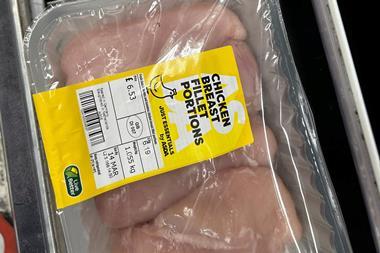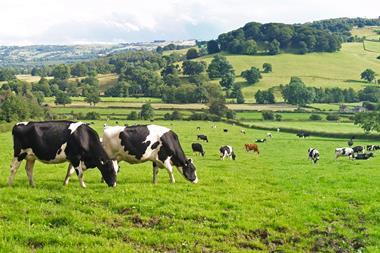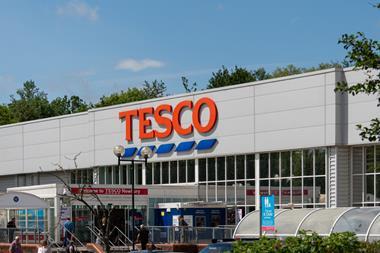The EDLP tactics of Asda and Tesco may have opened rather than closed the doors to the hard discounters in the UK, retail experts have warned.
Speakers at Citigroup Smith Barney’s annual food retailing conference highlighted the growing appeal of hard discounting to consumers and urged delegates not to underestimate the potential market share for Aldi and Lidl.
Tesco and Asda were widely considered to have pre-empted the growth of the hard discounters in the UK with a combination of EDLP, large product ranges and high quality goods.
Currently, the hard discounters have a 6% share of the UK grocery market. However, IGD business manager Steve Barnes said that while hard discounters
did not have the scope to secure the market share they have in Germany, France or Ireland, they were poised to make further inroads into the UK.
“There is no market where Aldi or Lidl are in decline,” he said. “The heightened consumer awareness of price, coupled with range adaptation and quality
improvements are playing into the hands of hard discounters.”
McKinsey director Johanna Waterous said the discounters’ offer had been “increasingly underpinned by real merchandising authority”.
“It isn’t just about price any more. This is not about cheap and nasty: it’s about cheap and smart. It’s not about poor people but rich people who know a deal when they see one. We see value retailers going up - there’s nothing on the horizon that’s going to change that.”
Last year there was a resurgence in the number of hard discount stores, mainly through Lidl’s aggressive expansion. The overall number of hard discount stores increased from 1,312 in 2000 to 1,475 in 2002, according to the latest data from IGD. There have also been across the board increases in turnover and operating profits and a sharp increase in marketing spend.
Lidl doubled its advertising spend in 2002 in a bid to increase consumer awareness.
In addition the planning regime is seen to favour operators like Netto, which is shifting its focus to town centres.
Liz Hamson
Speakers at Citigroup Smith Barney’s annual food retailing conference highlighted the growing appeal of hard discounting to consumers and urged delegates not to underestimate the potential market share for Aldi and Lidl.
Tesco and Asda were widely considered to have pre-empted the growth of the hard discounters in the UK with a combination of EDLP, large product ranges and high quality goods.
Currently, the hard discounters have a 6% share of the UK grocery market. However, IGD business manager Steve Barnes said that while hard discounters
did not have the scope to secure the market share they have in Germany, France or Ireland, they were poised to make further inroads into the UK.
“There is no market where Aldi or Lidl are in decline,” he said. “The heightened consumer awareness of price, coupled with range adaptation and quality
improvements are playing into the hands of hard discounters.”
McKinsey director Johanna Waterous said the discounters’ offer had been “increasingly underpinned by real merchandising authority”.
“It isn’t just about price any more. This is not about cheap and nasty: it’s about cheap and smart. It’s not about poor people but rich people who know a deal when they see one. We see value retailers going up - there’s nothing on the horizon that’s going to change that.”
Last year there was a resurgence in the number of hard discount stores, mainly through Lidl’s aggressive expansion. The overall number of hard discount stores increased from 1,312 in 2000 to 1,475 in 2002, according to the latest data from IGD. There have also been across the board increases in turnover and operating profits and a sharp increase in marketing spend.
Lidl doubled its advertising spend in 2002 in a bid to increase consumer awareness.
In addition the planning regime is seen to favour operators like Netto, which is shifting its focus to town centres.
Liz Hamson



















No comments yet